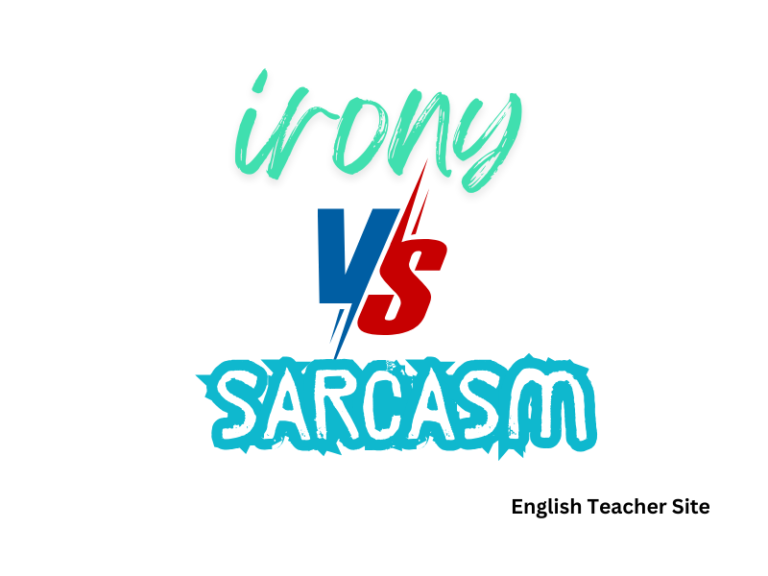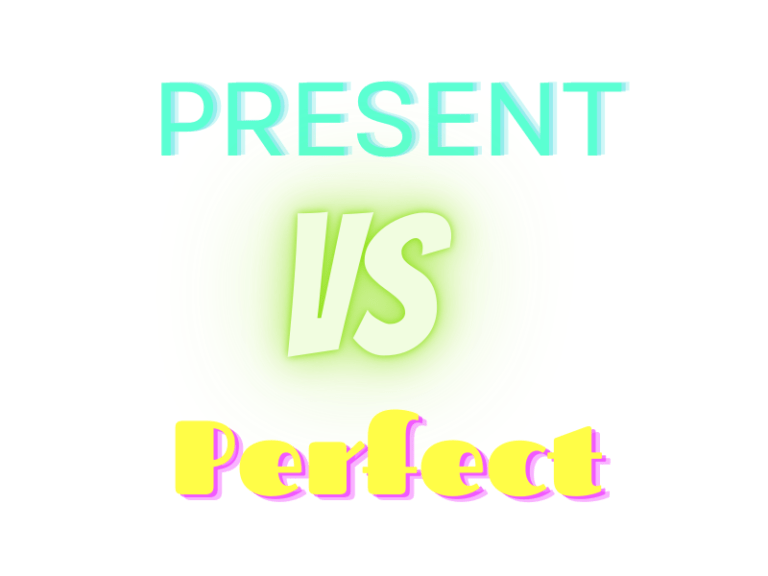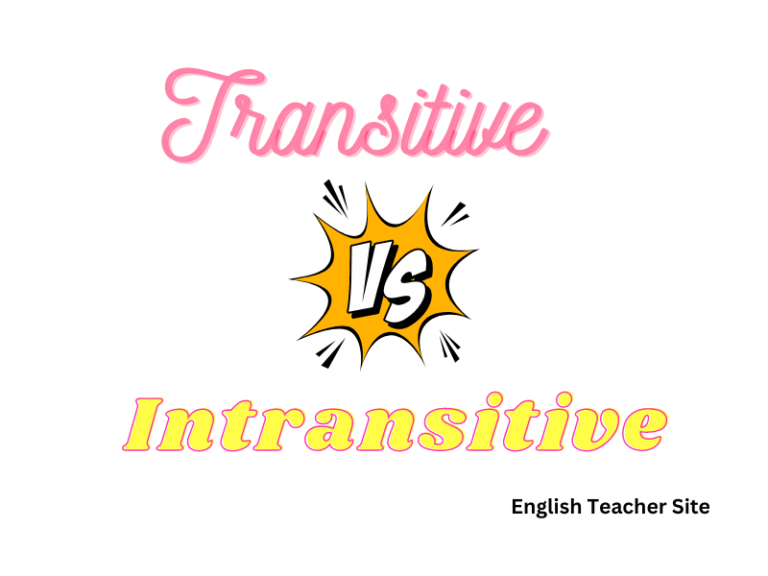Whats the Difference Between A Part and Apart: Understanding Word Nuances

- “Apart” indicates separation or distance, while “a part” implies inclusion in something larger.
- These terms are often confused due to their similar spelling but have distinct meanings and uses.
- Correct usage of “apart” and “a part” enhances clarity and precision in written English.
On the other hand, “a part” denotes inclusion or belonging to a larger whole. When something is a component of a larger entity, it is described as being “a part” of it. For instance, a chapter is “a part” of a book. Understanding the function of each term helps avoid confusion and improves clarity in communication.
What’s the Difference Between Apart and A Part
These terms may sound similar, but they serve distinct grammatical functions and cannot be interchanged without altering a sentence’s meaning.
Exploring the distinctions between “apart” and “a part.”
“Apart” is commonly used to indicate a separation or distance between two or more items or individuals. On the other hand, “a part” refers to a component or piece of something larger, suggesting inclusion rather than separation.
Usage of “Apart”
| Function | Description | Example Sentence |
|---|---|---|
| Adverb | To describe a physical or metaphorical separation | The twins were seated apart from each other. |
| Preposition | Often used with “from” to denote exclusion | She stood apart from the group, deep in thought. |
- Contexts: It describes an absence of connection or unity.
- Keywords: separated, away, distanced
Usage of “A Part”
| Function | Description | Example Sentence |
|---|---|---|
| Noun | Indicating inclusion as an element or member of a larger whole | That melody is a part of the larger symphony. |
- Contexts: It emphasizes membership or belonging within a collective or whole.
- Keywords: included, component, piece
In writing, precision with these terms is crucial as mixing them can lead to confusion. For instance, “She was apart of the team” incorrectly suggests separation, whereas “She was a part of the team” correctly identifies her as a team member.
Apart vs A Part: The Difference + Examples
In English, choosing between “apart” and “a part” can significantly alter the meaning of a sentence. These terms are often confused due to their similar pronunciation but they convey distinct concepts.
Clarifying Distinctions
The word “apart” functions as an adverb, expressing the idea of separation or at a distance from one another. On the other hand, “a part” combines an article and a noun, referring to a piece or segment of a larger whole that is included within it.
To further comprehend these differences, consider the following table:
| Word | Part of Speech | Definition | Example Sentence |
|---|---|---|---|
| Apart | Adverb | To be separated by a distance, or to distinguish a separation between things. | The two houses stood 50 feet apart. |
| A Part | Article + Noun | A segment or piece of something that is combined with others to make a whole. | She is an integral part of the team. |
When using these terms in sentences:
Use “apart” to indicate distance or separation:
- They grew apart over the years.
- The magnets were held an inch apart.
Use “a part” when referencing a component or piece of a larger entity:
- She played a part in the school play.
- That engine is a part of a much bigger machine.
Bullet points help illustrate the practical use of each term:
For “apart”:
- Keep the kittens apart to avoid a fight.
- Planets orbit apart from each other in space.
For “a part”:
- He couldn’t imagine life without being a part of the club.
- A slice of cake is just a small part of the entire dessert.
The importance of choosing the correct word is clear when considering the context and the meaning you intend to convey. Remember that “apart” emphasizes separation, while “a part” implies inclusion.
When to Use ‘Part’ vs. ‘A Part’
In English, choosing between “part” and “a part” depends on the context of the sentence. The distinction rests on whether you’re indicating inclusion or separation.
Understanding Appropriate Usage
When to use “part”:
“Part” indicates a piece or segment of a larger whole without the article “a” preceding it. It often refers to a non-specific portion or to the idea of contributing to an action without referencing a concrete piece.
| Use “part” to indicate: | Examples: |
|---|---|
| Role or function | He plays a key part in the team’s success. |
| Contribution to an action | They partook in the event without any reservations. |
| Segmentation of an object or concept | Each part of the puzzle is crucial. |
For emphasis:
- “To take part in” means to participate.
- A “part-time” job indicates non-full-time employment.
For clarity:
- “Part” often pairs with words like “of,” “in,” and “with.”
When to use “a part”:
“A part” invariably alludes to a specific piece or segment that belongs to a larger entity, indicating inclusion. This form signals that the mentioned portion is integral to the whole.
| Use “a part” to indicate: | Examples: |
|---|---|
| Inclusion or membership | She is a part of the choir. |
| A distinct piece | A part of the proceeds goes to charity. |
Bold terms for emphasis:
- A puzzle piece is “a part” of the entire puzzle.
Bullet points for clarity:
- “A part” is used when the intent is to highlight inclusion, as in “being a part of something.”
Sentence Examples with Apart
One such pair is “apart” and “a part,” which can alter the meaning of a sentence significantly. In this section, the focus is on “apart” – an adverb that denotes separation or a state of being at a distance from something else. Here, we will review examples to demonstrate the proper use of “apart” in sentences.
Examples in Context
- Setting the Scene: They decided to place the lamps at opposite ends of the room, keeping them apart to balance the lighting.
- Emotional Distance: After years of disagreement, the two siblings grew apart and seldom spoke to each other.
- Physical Separation: To ensure the safety of all participants, the organizers arranged the seats six feet apart.
| Contextual Use | Sentence Example |
|---|---|
| Spatial Distance | The houses on this street are spaced evenly apart. |
| Relationship | Although they were miles apart, their friendship remained strong. |
- The birds flew in different directions, spreading apart across the sky.
- When the machine stopped working, she took it apart to find the issue.
- During the renovation, the walls were torn down, leaving the rooms completely apart.
By using “apart” in a variety of sentences, it becomes evident that the term effectively communicates a division or gap between entities, whether physically, emotionally, or conceptually.
Sentence Examples with A Part
The phrase “a part” refers to a subset or component of a larger entity. It is often used to denote inclusion within a group or to describe a piece of something. This brief explores how “a part” is utilized in sentences, providing practical instances.
Examples in a narrative context:
- In the novel, the protagonist played a crucial part in the unfolding mystery.
- The engine’s performance relies on each part working harmoniously.
When describing contributions:
- She was a part of the volunteer group that helped clean the park.
In everyday conversation:
- Can you become a part of our book club?
- The heirloom was a part of their family’s history.
Here are some structured examples in table format to consolidate understanding:
| Context | Sentence |
|---|---|
| Describing Inclusion | He wanted to be a part of the team. |
| Component of a Whole | The gearbox is an essential part of the car. |
In conclusion, “a part” is commonly used to express belonging or to highlight a fragment of a whole.
Synonyms of Apart
Understanding the various synonyms of “apart” can enhance one’s ability to express the concept of separation or distance with nuance. Here, a selection of alternatives is presented in two categories: those indicating physical distance and those signifying emotional or conceptual separation.
Physical Distance
| Synonym | Use in a Sentence |
|---|---|
| Asunder | After the storm, the ship’s masts lay asunder. |
| Aloof | The cat stayed aloof from the bustling household. |
| Remote | The cabin is remote, nestled miles away from the nearest town. |
These words provide specific connotations associated with space and can be used to describe various degrees of physical remoteness.
Non-Physical Separation
- Detached: She remained detached from the office politics.
- Isolated: The dissenting opinion was isolated from the majority’s view.
- Segregated: The data was segregated according to age and gender.
- Disjointed: The narrative felt disjointed, lacking a cohesive thread.
These synonyms enable communicators to convey a sense of “apartness” with specificity, whether describing spaces between objects, emotional detachment, or distinctive qualities.
Synonyms of A Part
In understanding the phrase “a part,” it’s useful to explore its synonyms, which convey the concept of being an element or component of a larger whole. These synonyms can enhance clarity and variety in English communication.
Component: This term emphasizes the mechanistic or functional aspect of being a part of a system or complex object. It is frequently used in technical and engineering contexts.
Element: Often found in both scientific and non-scientific contexts, “element” suggests a fundamental or essential part of a greater entity.
Fraction: This synonym is particularly useful in mathematical or quantitative discussions, referring to a part of a whole, expressed in numerical terms.
Piece: A versatile synonym that can be applied to many contexts, from the arts (a piece of music) to everyday items (a piece of cake).
Segment: Implies a division of something into separate parts, often used within market analysis or biological descriptions.
Portion: Like “fraction,” it can refer to a part with quantitative connotations but is also widely used in general contexts, such as sharing food.
Slice: A casual term often used metaphorically or literally to indicate a part of something that has been cut or divided.
Section: Indicates a clearly defined division within a larger context, from documents to organizations.
Origin of Apart
Tracing the origin of the word “apart” provides insight into its current usage. The etymology of “apart” is steeped in the rich history of the English language. It originates from the Old French a part, meaning “to one side.”
Old French Influence:
- Separation: The Old French term a part signifies a physical or metaphorical separation.
- Literal translation: The literal translation of a part is “to the side,” indicating its use to denote separation.
The incorporation of “apart” into Middle English also played a significant role in its evolution. As the English language evolved, “apart” took on various nuances, maintaining its core meaning of physical or emotional division.
Middle English Developments:
- Temporary or permanent: Usage of “apart” could indicate a temporary or permanent state.
- Variety of contexts: It was used in various contexts, applying to both emotional and physical distances.
The current use of “apart” in modern English fully embraces its historical connotations. It frequently appears in contexts emphasizing the concept of separation, whether it’s in terms of location, ideas, or time.
Modern English Usage:
- Physical distance: “They stood ten feet apart.”
- Emotional distance: “After the argument, they grew apart.”
The progression of “apart” from its Old French roots to its contemporary usage demonstrates the fluid nature of the English language. The historical development has solidified “apart” as a term that captures the essence of separation in various dimensions.
Origin of A Part
The expression “a part” in the English language signifies inclusion within a larger whole or set. From a grammatical standpoint, “a part” consists of an article “a” and a noun “part,” indicating it references a segment or piece of something larger.
Etymological Table
| Word | Origin | Definition |
|---|---|---|
| Part | From Latin “partem” | A piece or division of a whole |
Usage and Evolution
“A part” evolved from Latin roots, with “partem” being the accusative form of “pars,” which translates to a piece or division. Over time, the concept enshrined in “a part” has become foundational to the English language, describing one’s role or share in something broader. Its first usage in English dates back to the Middle Ages, reflecting a period of linguistic borrowing and adaptation.
- Examples in English:
- She played a significant part in the project.
- He wanted to be a part of the team.
In context, “a part” could denote a functional role within a mechanism or a fraction of a whole in mathematics. This versatility in applications shows its integral role in diverse conversations and disciplines.
Grammatical Roles
The function of “a part” in sentences varies according to its position and usage:
- As a noun phrase: Offers clarity on its contribution to the subject matter.
- In combination with prepositions: Alters meaning considerably.
Source
1. Harper, Douglas. “Etymology of apart.” Online Etymology Dictionary, https://www.etymonline.com/word/apart
2. Harper, Douglas. “Etymology of part.” Online Etymology Dictionary, https://www.etymonline.com/word/part
My name is Khamis Maiouf. I am the creator of the English Teacher Site, dedicated to providing valuable resources and insights for students around the world. With a passion for education and a commitment to helping students enhance their skills, I aim to make English teaching more effective and enjoyable for both educators and students.






